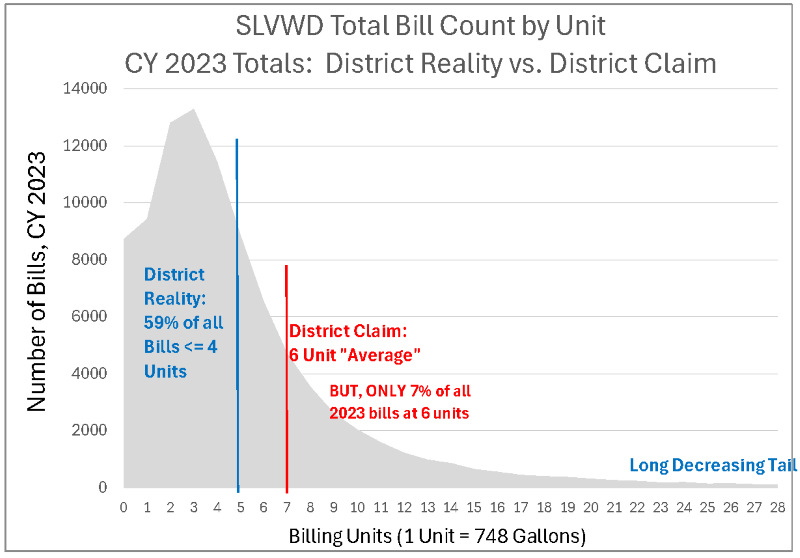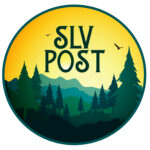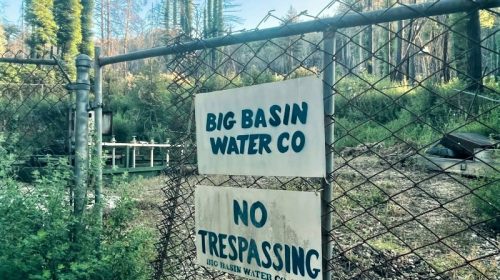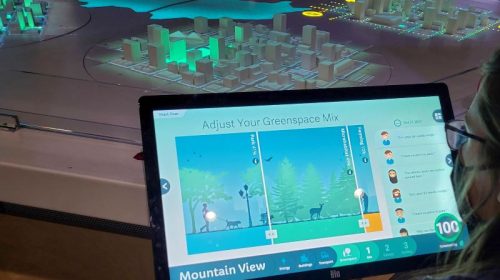Oppose the SLV Water Rate Increase
By Bob Fultz
It’s important that the San Lorenzo Valley Water District (SLWVD) community submit Protest Ballots against the current proposed rate increase because ratepayers deserve a much better plan. I’m a member of the Board of directors but I’m speaking only for myself in this article. My objective is to ensure that our community has ALL the information it needs to make an informed decision. The District mailer falls short of that goal.
Via Facebook and Nextdoor, I will be announcing Zoom web meetings, to be held in February, where you can get your questions answered and we can review this information more thoroughly.
Because the Proposition 218 process—the formal method by which public utility rates are raised—is a backwards vote, not voting is the same as voting Yes. To oppose the increase, you must submit a Protest Ballot to the District. If you need a ballot, please e-mail me at bob.fultz@pacbell.net.
Once this proposed rate increase is defeated, the community must then ask the Board to do better, by normalizing rates to reward conservation and low water use and passing a 5-year spending budget with guardrails to ensure that the overwhelming majority of the money is applied to infrastructure, deferred maintenance and reserves—to help us prepare for the next disaster. This proposed rate increase does not offer the community any commitments on any of those items.
We, the collective owners of the District, have a solemn responsibility to be good stewards of the District and leave it in better shape than we found it. Our Board is not leading us in that direction. Further, the continued shortfall in infrastructure investment may well affect our property values as the cost to rebuild the system gets bigger and bigger over time due to the lack of ongoing sustainable investment—and prospective buyers learning more about our situation.
Let’s examine the two primary reasons to oppose this rate increase a little further.
Lack of Commitment and Transparency on How the Money is Spent
The Board offers the community no commitment—and no transparency– on how the additional money will be spent. The mailer states that our infrastructure needs help—and it does. But the impediment to spending more money on infrastructure is past and present Boards and their choices about how to spend the money.
The Board asks for the community’s trust on spending, but history is a harsh teacher. The last two rate increases, in 2013 and 2017, both promised to spend those funds on infrastructure. The sad reality is that your rates for a 4-unit bill increased by about 150%, while over 2/3 of the incremental revenue in those years went towards operating expenses, which increased almost 100% or about 4X inflation with no identifiable community benefit given by the Board. The result: our community received a much smaller spend on vital system improvements than promised—and needed.
Worse, the model the Board used to create these rates—which is not a budget—assumed that about 50% of the incremental revenue goes towards operating expenses. History shows that the actual budgets always exceed the models. Therefore, this time, without a commitment, and especially in these tough economic times, the community should not approve any rate increase that doesn’t have firm commitments anchored in a budget passed by the Board.
Let’s not repeat past actions, expecting different results.
The District Mailer is Misleading, Omitting Critical Facts
The mailer is essentially a sales brochure for the increase and should be reviewed as such. It is not a neutral document intending to provide you with facts to inform your decision. The mailer states that the increase in the first year, for a “typical customer” is modest. It further implies that the “typical customer” uses 6 units of water (a unit is 748 gallons) a month.
However, when you examine the District’s water bills issued in 2023, only 7% of the bills were at 6 units. That is a tiny fraction of the total number of bills, which is the exact opposite of “typical”.
The chart below shows the distribution of the District’s total issued bills which is not “normalized” around 6 units. It is clearly weighted towards lower volume users.
Worse, as the chart below shows, the percentage increase for bills with 0 – 2 units is significantly higher than for the groups consuming more water, which certainly looks like a penalty for those who conserved, small households and for seniors and others on fixed incomes. The percentage increase for bills with 3 – 4 units is comparable to groups consuming more water. The mailer doesn’t provide percentages, further blurring reality.
In addition, who is contributing the most to the additional money raised? It’s not what is implied in the mailer. In fact, in the first year, the increase results in a majority of the incremental revenue being raised from the low volume users. This fact inverts the Board’s stated goal, which was to place more of the burden on the high-volume users.
To summarize, the last 10 years have seen skyrocketing rates and skyrocketing costs to deliver water, at 4X inflation, with significant underfunding of infrastructure, contrary to past promises made. All this happened while inflation was low. Without firm commitments, imagine what will happen now, with rockier economic times and higher inflation.
You may hear the argument that we can raise all the money we need via grants. We’ve done well with grants recently, but grant money is highly unreliable and must be viewed as supplemental funding, not core. With State and Federal budgets in disarray, discretionary spending is likely to tighten which means grants will likely be directed towards disadvantaged communities, which we are not.
These factors mean that our District must be much more efficient and fiscally prudent if we‘re going to start meeting our infrastructure spending goals. This rate increase offers no solution or commitment to do any of this.
You, the members of our community, are the final voice on this topic. Please choose wisely and submit your Protest Ballot before Feb 15.
To print the protest ballot, visit Protest Ballot – Water Rates.
Thank you.
Bob Fultz is a member of the San Lorenzo Valley Water District Board of Directors. He is a resident of Boulder Creek and CEO at Range Networks.
***
Have a local news item to contribute? The San Lorenzo Valley Post welcomes your Santa Cruz Mountains news, story ideas, photos, and letters. Send us an email.
Sign up for our newsletter to stay connected to news and events in the Santa Cruz Mountains.
The San Lorenzo Valley Post is your essential guide to life in the Santa Cruz Mountains. We're dedicated to delivering the latest news, events, and stories that matter to our community. From local government to schools, from environmental issues to the arts, we're committed to providing comprehensive and unbiased coverage. We believe in the power of community journalism and strive to be a platform for diverse voices.





